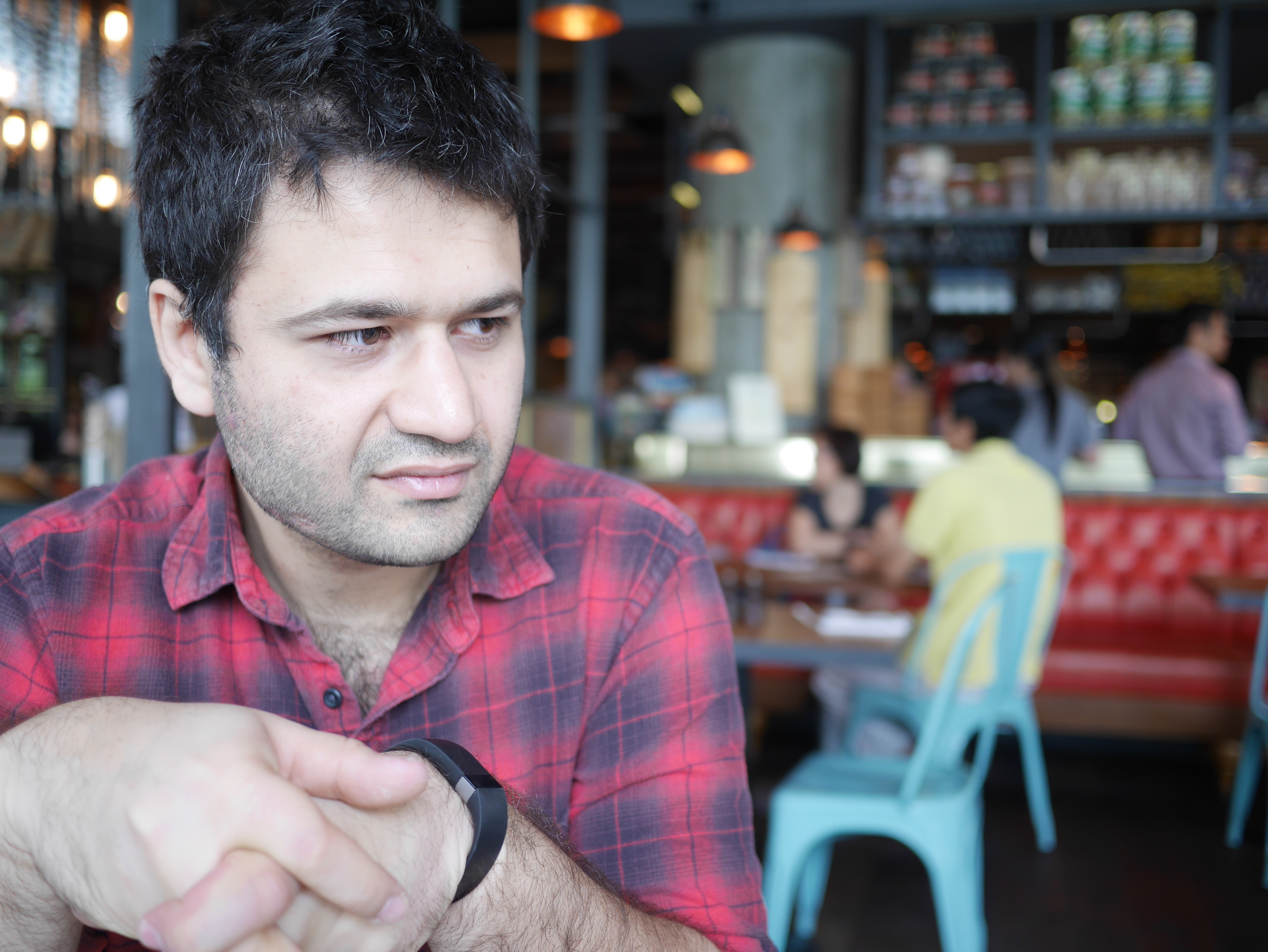Molotov Man
Reading Molotov man was eye opening. The painting by Garnett is powerful, it is beautifully composed, the expressions captured in paint are effective and somehow the picture in its half form does not seem incomplete. Then I read about the process (used for painting), the letters from the lawyers, and Garnett’s response in turn - it was a let down.
All Garnett had to do, I felt, was attribute (post realization) voluntarily, write to the photographer explaining the circumstance and ask for the licensing fee to be waived. A good move would have been to offer to pass the proceeds (if any) to a charity. If Garnett was hard up on cash (a struggling artist), he could explain so and pocket proceeds for himself. If Susan denied this, it would mean she is being truly vindictive and posting to Rhizome and subsequent reactions of protest postings would make sense.
I feel the ownership for the photo belongs to Meiselas. She took it, she was there, she knows the circumstance, it belongs to her. However, she can’t hold on to it. Whilst truly justified in asking for attribution, she can’t hold on to that photo because somebody can justifibly understand why the Garnett’s piece gained so much attention, and re-capture it in another masterpiece - paint or digital.
On influence, copying and standing on the shoulder of giants
Artists, inventors, scientists, entrepreneurs, programmers, musicans and comedians all need to be attributed if their work is being used. If somebody comes in and does it better than them, tell a funnier version of a “knock knock” joke - they can claim credit, all of it. If, on the other hand, that new joke is re-written and told by a big, profitable, corporation which chose not to reward that source and instead put its vast resources to work to make it popular (marketing, distribution etc.) then they should be liable. The only exception is if that big company is inventing something new, never done before on a scale not seen before (iPhones). While the pinch technology for glass screen is impressive, it will be limited in adoption if its sold on a digital photo album. On a buttonless phone which has a broswer that can zoom in on text, it’s a game changer. And even its inventor can get behind that(proof in the pudding if he uses it).
